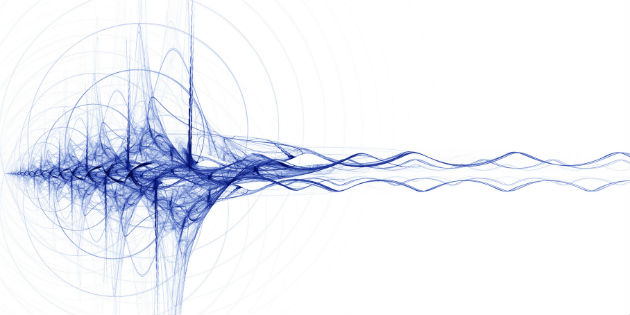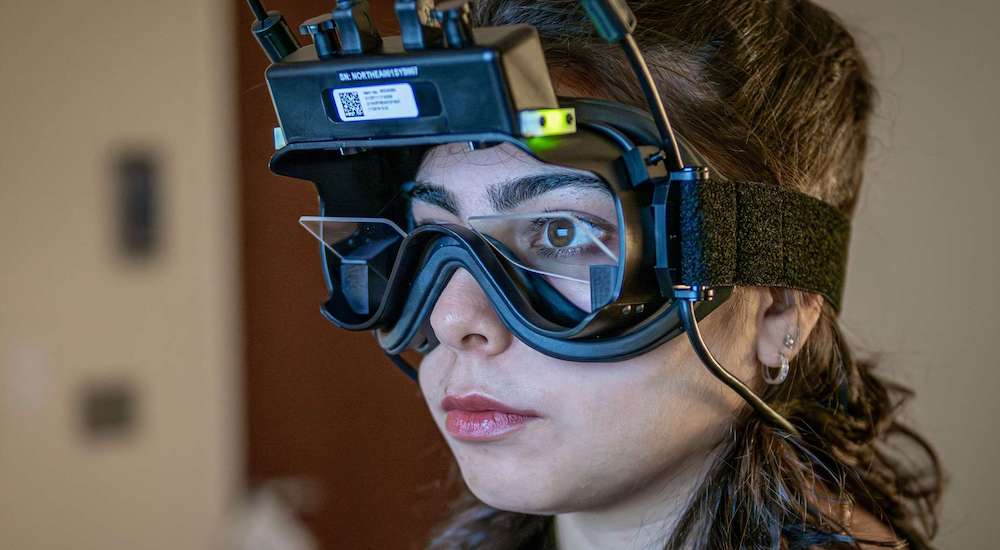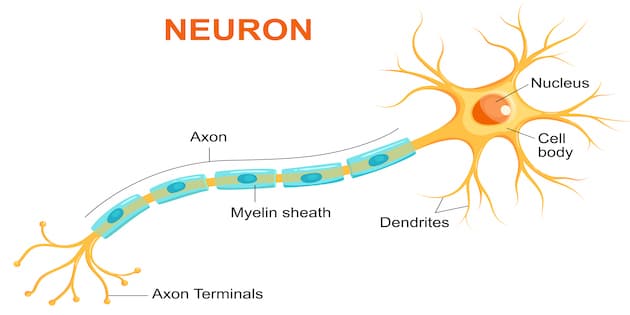New testing method for high-frequency hearing aid fitting
Research
Researchers in Europe have developed a new phoneme perception test (PPT) designed for the phonemes /s/ and /sh/ to test whether detection and recognition tasks are able to measure individual differences in phoneme audibility and recognition.

The research team from Sonova in Stäfa, Switzerland and the Institute of Hearing Technology and Audiology, Jade University of Applied Sciences, Oldenburg, Germany looked into this topic because hearing aid outcome tests are often not sensitive to changes in high-frequency audibility, impacting the quality of hearing rehabilitation for the fitted individual.
The study included 31 participants with symmetrical sensorineural hearing loss. Ten of them did not have their own HAs but were provided with devices for the study and 21 participants were experienced users of hearing aids. The researchers used two different fricative stimulus materials: one for natural low-level sound components in the low- and mid-frequency ranges (LF set), and the other for high-frequency fricative noise (nLF set). An overly strong non-linear frequency compression (NLFC) setting was applied to study the effect on phoneme detection and recognition when /s/ and /sh/ phonemes were modified.
Concerning the results, the researchers indicate that, “Significant differences in thresholds between LF and nLF stimuli were observed. The thresholds for nLF stimuli showed higher correlation to the corresponding audiometric thresholds than the thresholds for LF stimuli. The difference in thresholds for unaided and aided conditions was larger for the stimulus set nLF than for the stimulus set LF”. They conclude that measuring detection and recognition thresholds with an nLF stimulus set is beneficial and useful to quantify the effects of hearing aids and NLFC on high-frequency speech cues for detection and recognition.
Source: Schmitt N., et al. A Phoneme Perception Test Method for High-Frequency Hearing Aid Fitting. Journal of the American Academy of Audiology 2016 May;27(5):367-79.



